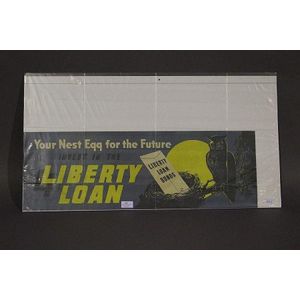Broadwood Square Piano in Rosewood and Satinwood
English square piano, by John Broadwood and Sons, London, circa 1820, the rectangular case with rounded edges, in rosewood and satinwood, comprising five and a half octaves and a sustain pedal, decorated with brass fretwork, string inlay to the rounded edges, and brass trimming, raised on six fluted legs on castors, 83 cm high, 172 cm wide, 66 cm deep
You must be a subscriber, and be logged in to view price and dealer details.
Subscribe Now to view actual auction price for this item
When you subscribe, you have the option of setting the currency in which to display prices to $Au, $US, $NZ or Stg.
This item has been sold, and the description, image and price are for reference purposes only.
- Circa - A Latin term meaning 'about', often used in the antique trade to give an approximate date for the piece, usually considered to be five years on either side of the circa year. Thus, circa 1900 means the piece was made about 1900, probably between 1895 and 1905. The expression is sometimes abbreviated to c.1900.
- Rosewood - A dense timber that varies in shade to very light brown to almost black. When rosewood is cut and sanded the colour of the timber will turn black, and after polishing and exposure to daylight, the surface will gradually lighten over time to light brown with black streaks.
The name comes from the odour emanating from the timber when it is planed, sanded or cut.
Rosewood was very popular for use in Victorian furniture in the second half of the 19th century, and at that time most of the rosewood was imported from Brazil. However it also grows in India and Indonesia.
It is used in the sold for chairs and table legs, but for carcase furniture such as side cabinets and bookcases, and for table tops it is always used as a veneer. - Satinwood - Satinwood is a dense pale gold coloured timber that was imported into Britain in the second half of the 18th century, and early 19th centuries from the East Indies and the West Indies. The name derives from the satin-like surface sheen when the timber is polished.
It was used in the solid, as a veneer and in inlays. As well as furniture, satinwood was used for making musical instruments, barometers, boxes and clocks.
It will usually be found on only the very best quality objects, presumably because of of its cost at the time.
This item has been included into following indexes:
Visually similar items

A 14ct. yellow gold dress ring set with triangular lapis lazuli. Weight 7gms.
Sold by
in
for
You can display prices in $Au, $US, $NZ or Stg.

Five antique sterling silver dessert spoons various hallmarks including London 1805, 198 gms approx
Sold by
in
for
You can display prices in $Au, $US, $NZ or Stg.

Australian World War II Liberty Loan coloured poster, Owl, Your Nest Egg for the Future, invest in the Liberty Loan, 26 x 77 cm
Sold by
in
for
You can display prices in $Au, $US, $NZ or Stg.

A Carlton Ware hand thrown ribbed vase, ovoid form, soft pink glaze. Printed marks. Height 15 cm.
Sold by
in
for
You can display prices in $Au, $US, $NZ or Stg.
